Day 1: Caesarea Maritima
Caesarea Maritima was built by Herod the Great in honor of his patron, Augustus Caesar. Construction began in 22 BCE and the city finished 12 years later included palaces, temples, a hippodrome, a marketplace, and water/sewage systems. The artificial harbor was built using hydraulic concrete made from volcanic ash - a remarkable technical feat for the era.
An earthquake severely damaged the harbor in 130 CE, although the city remained a significant commercial center for many more centuries. The city first came under Muslim control in 638, was captured during the First Crusade in 1101 and exchanged hands periodically thereafter. Much of the fortification seen our visit was built by King Louis IX of France in 1251, just before the Crusaders were expelled for the last time in 1265. The city gradually fell into total ruin and the port filled with silt - ironically preserving much of the architecture until it was excavated by contemporary archaeologists beginning in the 1950's.
The city makes a number of appearances in the Christian Bible in the book of Acts:
- The city was home to the Roman centurion Cornelius, who had a vision of an angel and was subsequently ministered to by the apostle Peter (Acts 10). This represented the first bringing of the gospel of Jesus to non-Jews.
- Herod Agrippa I was struck down by God for blasphemy (Acts 12:19-23).
- The apostle Luke is mentioned as visiting there on his missionary journeys, staying with Philip the evangelist (Acts 21).
- The apostle Paul passed through the port numerous times (Acts 9:30). He was held prisoner in the city for two years (Acts 24:1,27) before being placed on trial there (Acts 23:31-26:32) and then leaving the port a final time for trial in Rome and execution.
This city should not be confused with Caesarea Philippi, which is mentioned as being visited Jesus' in the synoptic gospels (Matthew 16:13–20 and Mark 8:27–30) and was located far to the east at the food of Mount Hermon in the Golan Heights.
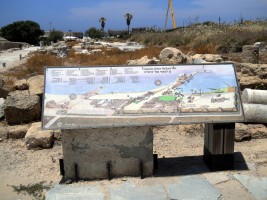
Caeserea map
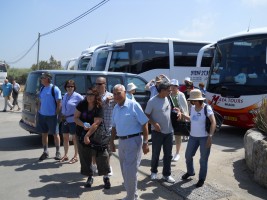
Disembarking at Caesarea

Entry gate
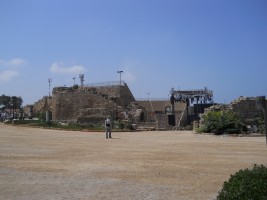
Theatre
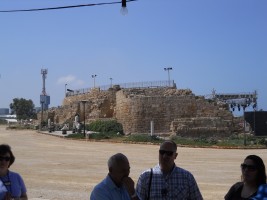
Theatre
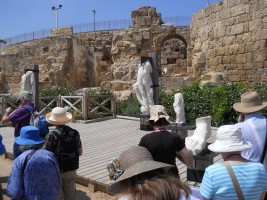
Decapitated statues
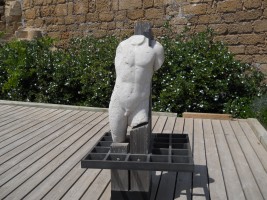
Statues

Statues

Theatre
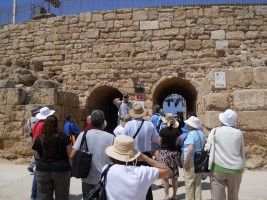
Theatre
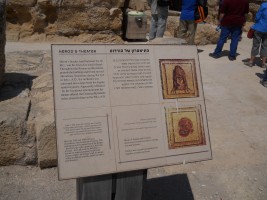
Theatre sign
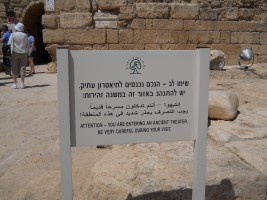
Theatre sign
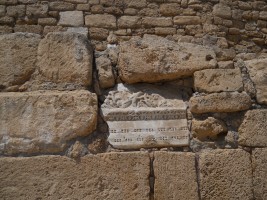
Theatre
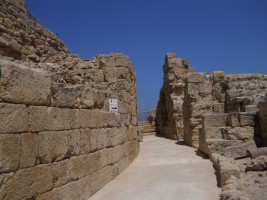
Theatre
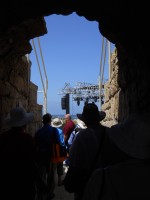
Vomitorium
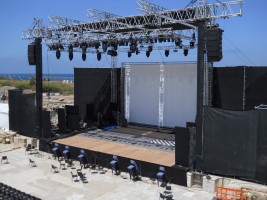
Contemporary stage
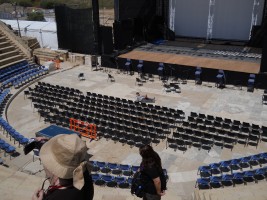
Seating

Seating area
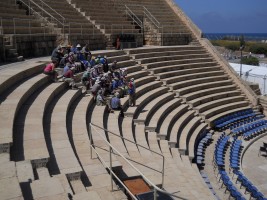
Seating
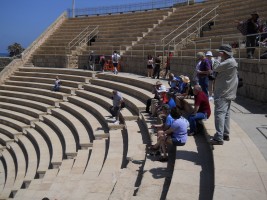
Seating
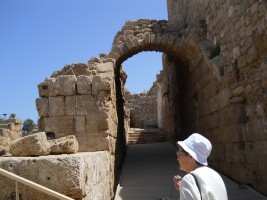
Archway
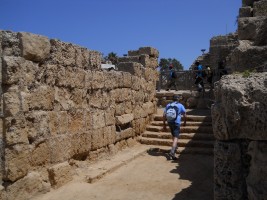
Exit stage left
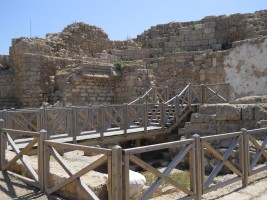
Exit
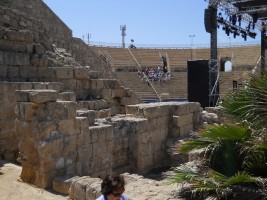
Theatre

Back of theatre
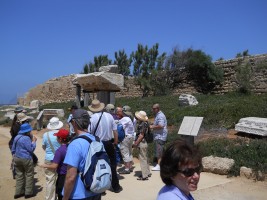
Architectural remnants
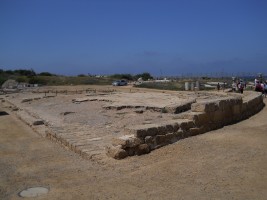
Bath
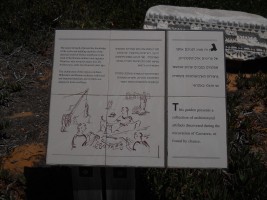
Remnants sign
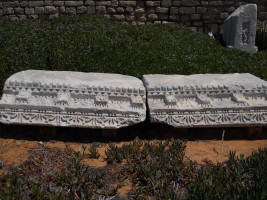
Cornice remnant
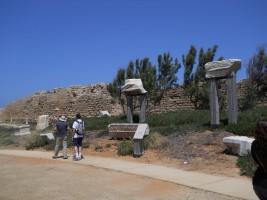
Architectural remnants
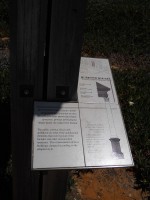
Elements diagram
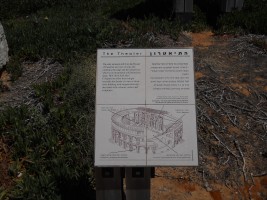
Theatre diagram
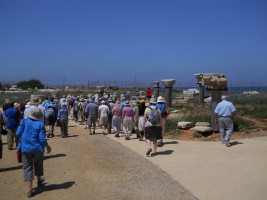
Column capitals
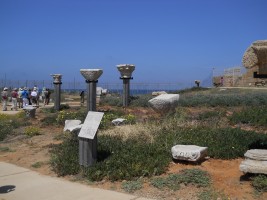
Column capitals
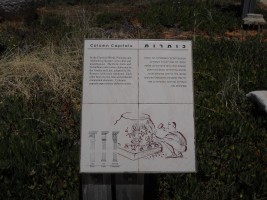
Column capitals
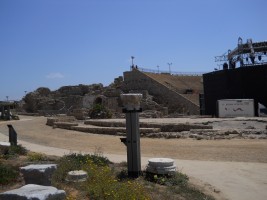
Column capitals
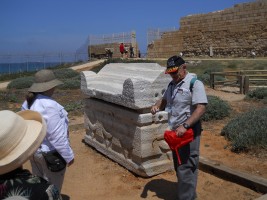
Sarcophogus
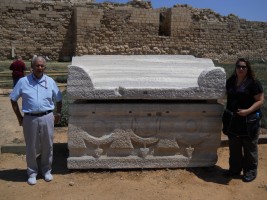
Sarcophogus
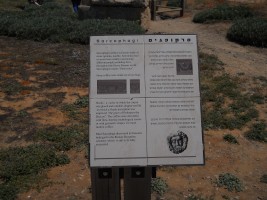
Sarcophagi sign
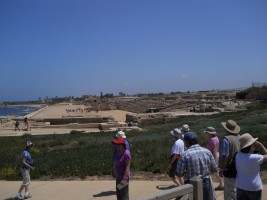
Hippodrome
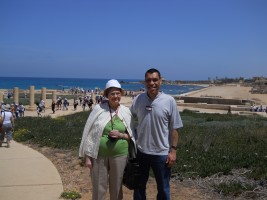
Me and Mom at Caesarea
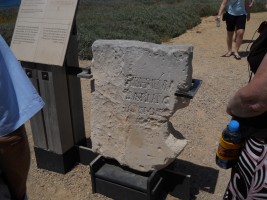
Dedicatory inscription replica
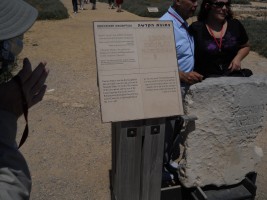
Dedicatory inscription sign
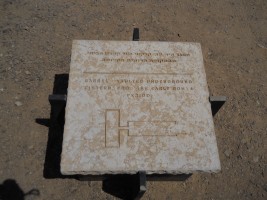
Cistern sign

Well
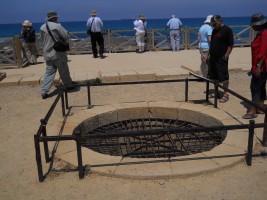
Well
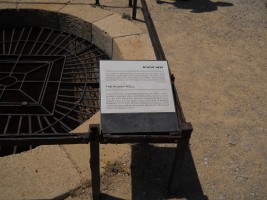
Well sign
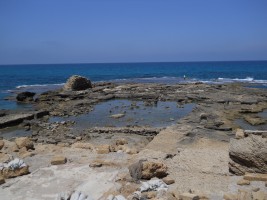
Harbor remnants
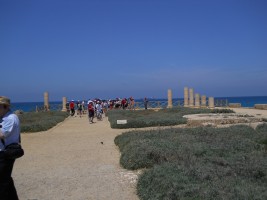
Praetorium
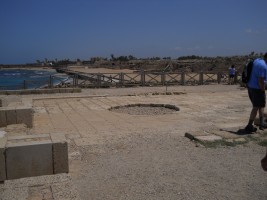
Praetorium
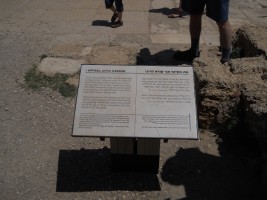
Appeal to Caeser
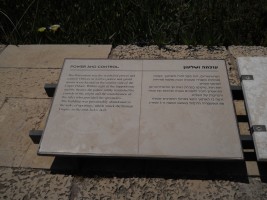
Praetorium sign
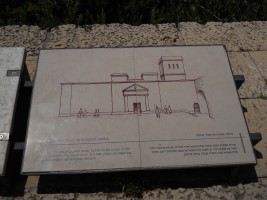
Entrance complex rendering
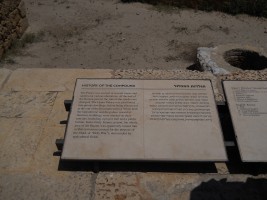
Compound history
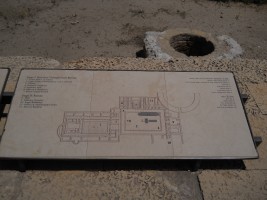
Compound diagram
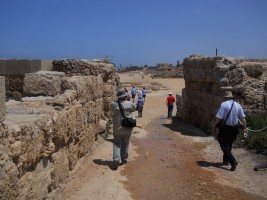
South entry to Hippodrome
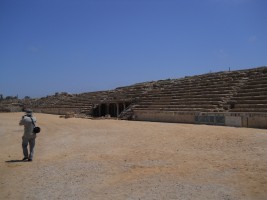
Hippodrome
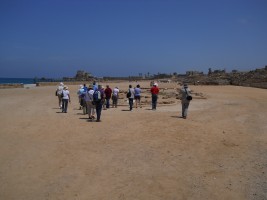
Hippodrome

Hippodrome sign
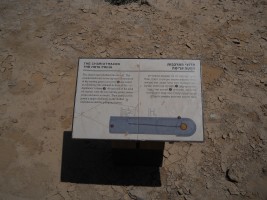
Hippodrome Meta Prima
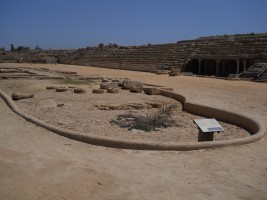
Hippodrome
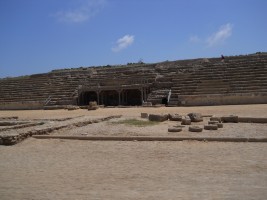
Hippodrome
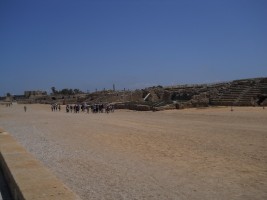
Hippodrome
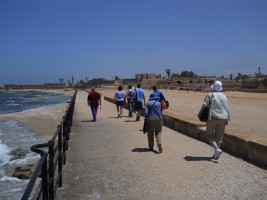
Lost western edge of hippodrome
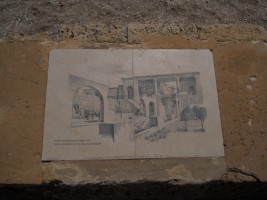
Palace rendering

Hippodrome
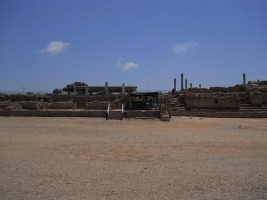
Hippodrome
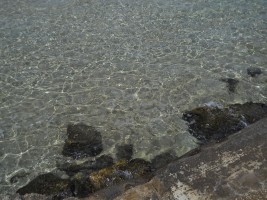
Clear Mediterranean waters

Looking north
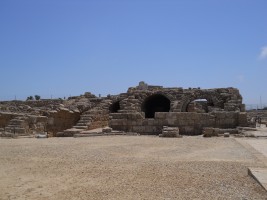
Palace vaults
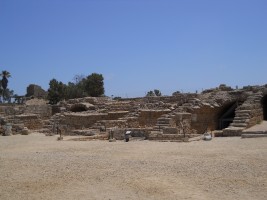
Palace vaults
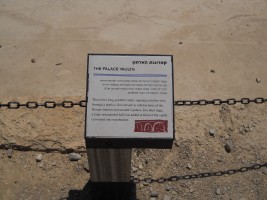
Palace vaults sign
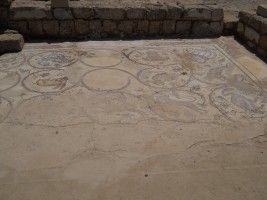
Mosaics
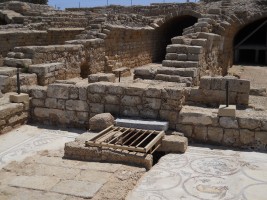
Mosaics

Palace vaults
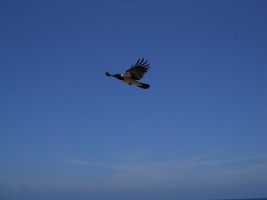
Bird of prey
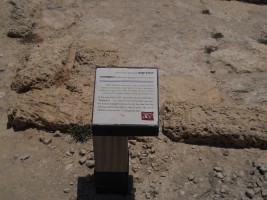
Mithraeum sign
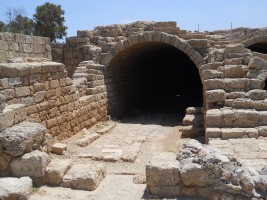
Mithraeum
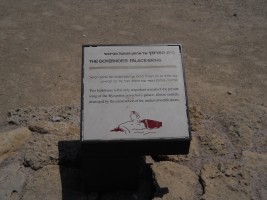
Palace bath sign
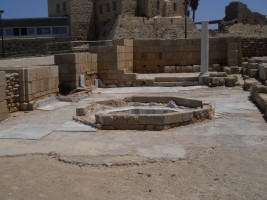
Palace bath
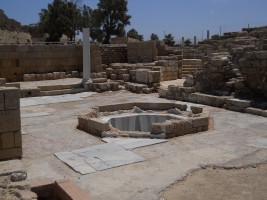
Palace bath
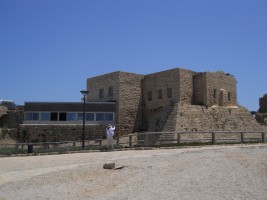
Crusader era fortress

Crusader era fortress walls
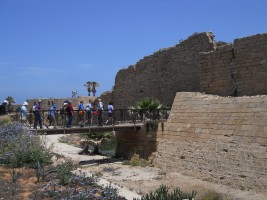
Fortress walls
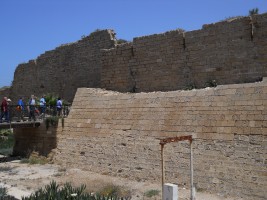
Fortress walls
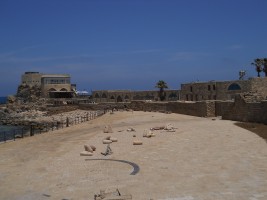
Plaza
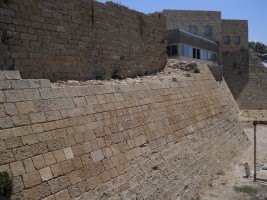
Fortress walls
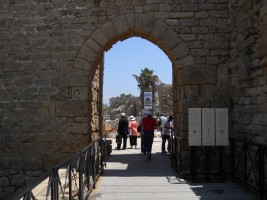
Archway
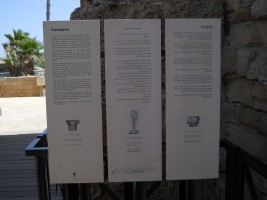
Caeserea history sign
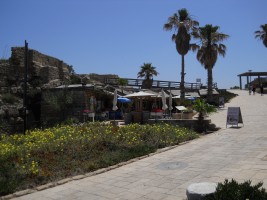
Artist's quarter
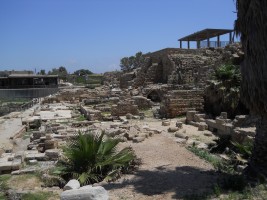
Temple dais
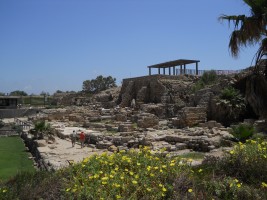
Temple dais
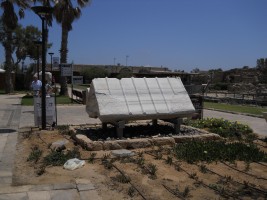
Temple dais
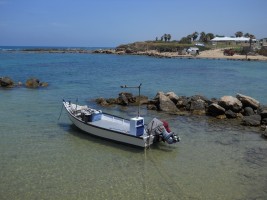
Harbor

Harbor
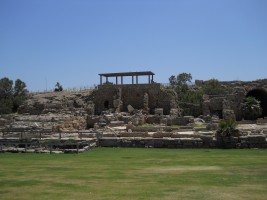
Sarcophogi

Sarcophogi
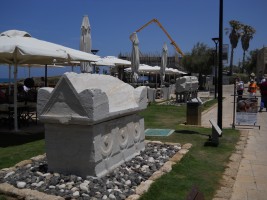
Sarcophogi
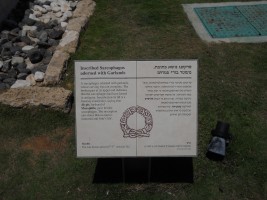
Sarcophogi
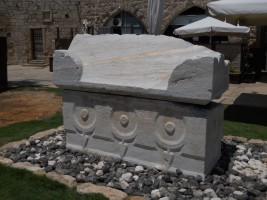
Sarcophogi
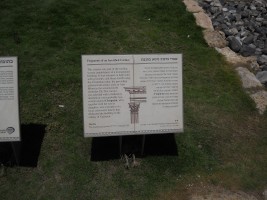
Sarcophogi
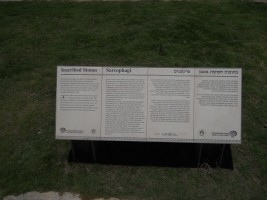
Sarcophogi
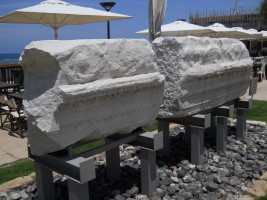
Cornice remnant
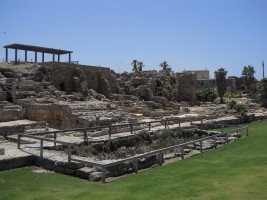
Caeserea
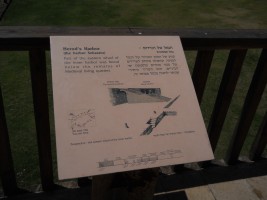
Herod's Harbor
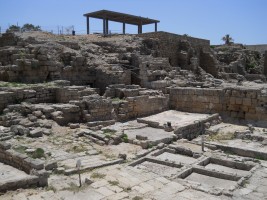
Caeserea

Nymphaeum

Nymphaeum
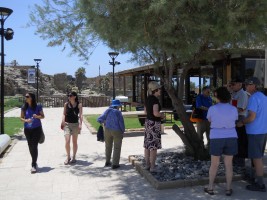
Seeking shade
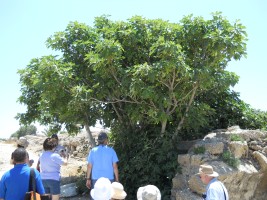
Special tree?
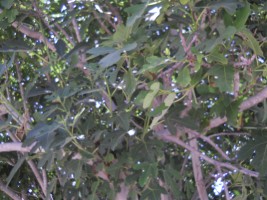
Tree?
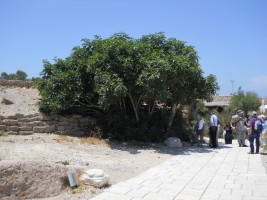
Tree?
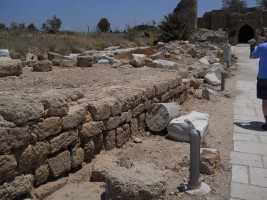
Path to Crusader gate
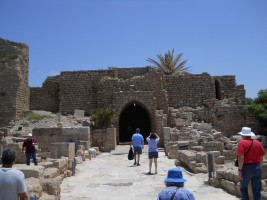
Crusader gate
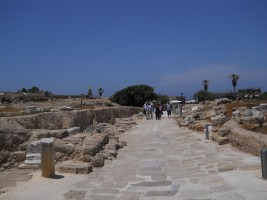
Path to Crusader gate
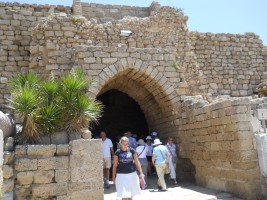
Crusader gate
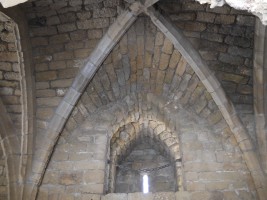
Crusader gate
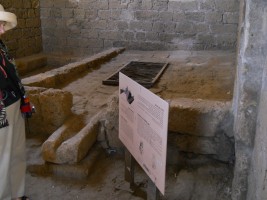
Crusader gate
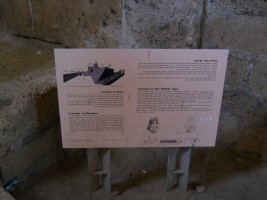
Crusader gate
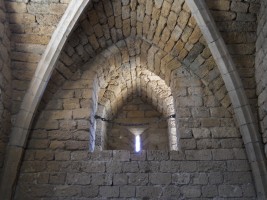
Crusader gate
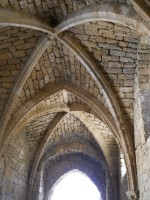
Crusader gate
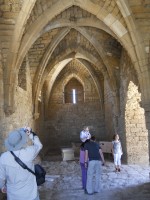
Crusader gate
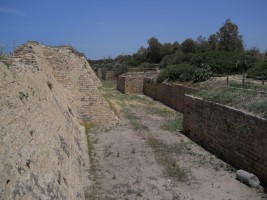
Moat
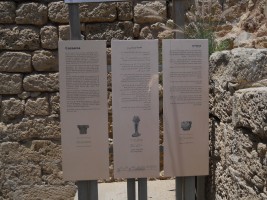
Caeserea history sign
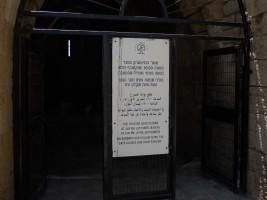
Gate sign
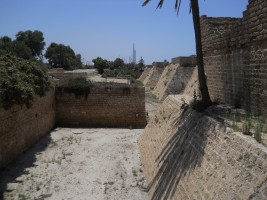
Moat
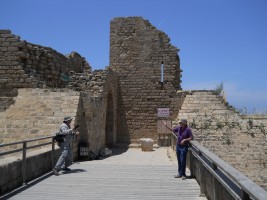
Moat bridge
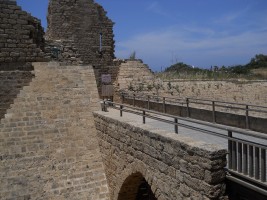
Moat bridge
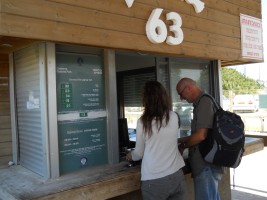
Entry
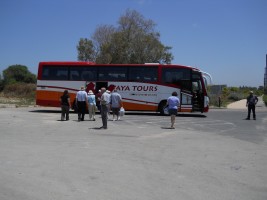
Returning to the bus
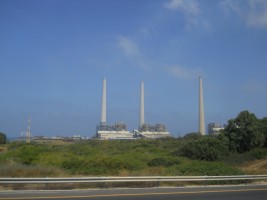
Orot Rabin Power plant in Caesarea (2.5 GW)
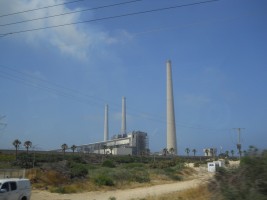
Power plant
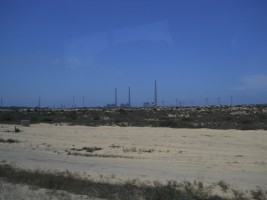
Power plant